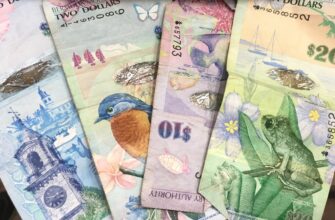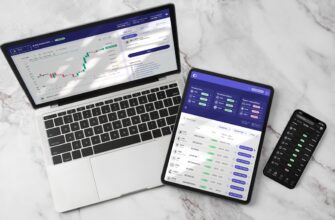What is Bitcoin Gold?
Bitcoin Gold (BTG) is a cryptocurrency created in 2017 as a fork of Bitcoin. Its primary innovation lies in using the Equihash mining algorithm instead of Bitcoin’s SHA-256, enabling GPU mining to promote decentralization. Unlike Bitcoin’s energy-intensive ASIC mining, Bitcoin Gold allows everyday hardware to participate in securing the network. This democratized approach aims to fulfill Satoshi Nakamoto’s original vision of “one CPU, one vote.”
Understanding Bitcoin Gold Halving
Halving is a pre-programmed event reducing new coin creation by 50%. For Bitcoin Gold, this occurs every 210,000 blocks (approximately every 4 years). Miners currently receive 6.25 BTG per block. Post-halving, this drops to 3.125 BTG. This scarcity mechanism mirrors Bitcoin’s economics, controlling inflation by slowing supply growth. Historically, halvings trigger significant market activity due to shifted supply-demand dynamics.
The Bitcoin Gold Halving Countdown: Why It Matters
With the next Bitcoin Gold halving countdown underway (estimated March 2024), stakeholders are closely monitoring its implications:
- Supply Shock: Daily new BTG supply drops from 900 coins to 450, potentially increasing scarcity.
- Miner Economics Lower rewards may squeeze inefficient miners, potentially increasing network security if profitable operations consolidate.
- Price Volatility Historical patterns show cryptocurrencies often experience bullish momentum around halvings, though past performance doesn’t guarantee future results.
- Network Health A successful halving validates Bitcoin Gold’s anti-inflationary model and long-term viability.
How to Track the Bitcoin Gold Halving Countdown
Monitor real-time progress using these resources:
- Block Explorers: Sites like BTG.com or CryptoID.info display current block height and halving estimates.
- Dedicated Countdown Timers: Websites like BitcoinGoldHalving.com provide live countdowns based on average block times.
- Community Channels: Join Bitcoin Gold’s official Telegram/Discord for updates.
- Mining Pools: Platforms like Poolin or F2Pool show block discovery rates and projections.
Tip: Halving dates shift slightly based on network hash rate—faster mining accelerates the event.
Potential Impact of the Halving on Bitcoin Gold
This event could reshape BTG’s ecosystem:
- Short-Term: Possible price surges from speculative trading or panic buying.
- Long-Term: Sustainable price appreciation if reduced supply meets steady demand.
- Mining Centralization Risks Profitability drops may push small miners out, concentrating hash power.
- Adoption Incentives Increased visibility could attract new investors and developers to Bitcoin Gold’s GPU-friendly ecosystem.
Preparing for the Bitcoin Gold Halving
Strategies for different stakeholders:
- Investors: Diversify holdings, avoid FOMO-driven decisions, and research fundamental value.
- Miners: Upgrade to efficient GPUs, join reliable pools, and calculate break-even costs post-halving.
- Traders: Watch volume/volatility spikes and set stop-loss orders.
- Developers: Leverage heightened interest to build BTG-based DeFi apps or payment solutions.
Bitcoin Gold Halving FAQ
Q1: When is the next Bitcoin Gold halving?
A: Expected in March 2024 at block height 2,100,000 (as of October 2023).
Q2: Will BTG price definitely increase after halving?
A: Not guaranteed. While scarcity may boost prices, market sentiment, regulations, and broader crypto trends play crucial roles.
Q3: How does halving affect Bitcoin Gold mining?
A: Miner rewards halve, potentially making operations unprofitable for some. This may temporarily reduce hash rate until difficulty adjusts.
Q4: Can I still mine BTG with a home GPU setup post-halving?
A: Yes, but profitability depends on electricity costs, GPU efficiency, and BTG’s market price. Use mining calculators to reassess regularly.
Q5: Where can I securely store Bitcoin Gold?
A: Use official wallets (Bitcoin Gold Wallet) or hardware wallets like Ledger/Trezor. Avoid keeping BTG on exchanges long-term.
Q6: How many Bitcoin Gold halvings will occur?
A: Halvings continue until the maximum supply of 21 million BTG is mined (around 2140).








